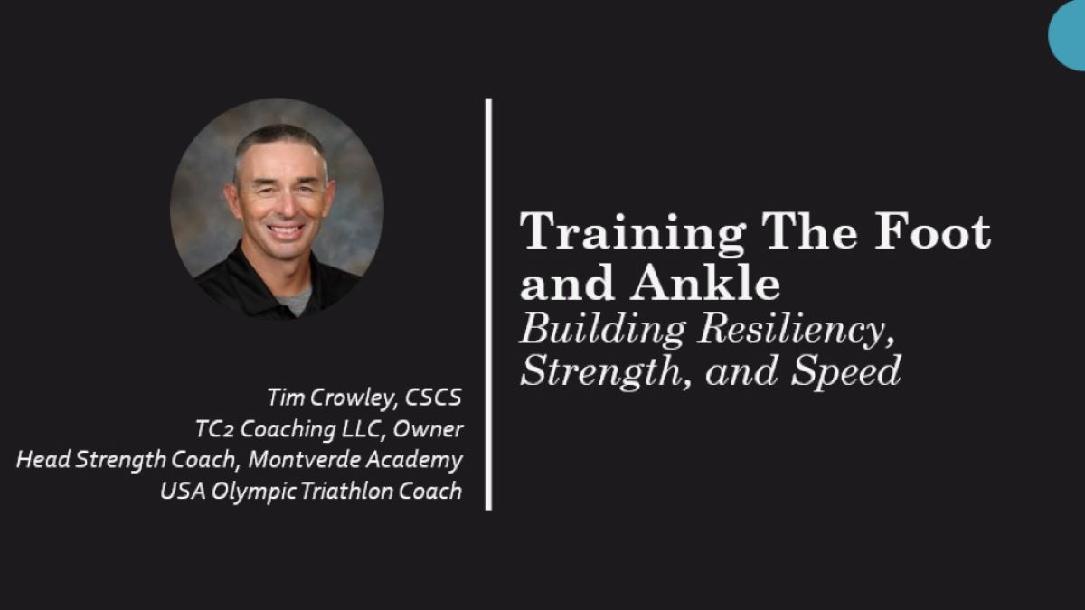The constant stress and tension on the lower leg in both cycling and running cause a lot of muscular tightness and fascial adhesions that can lead to calf strains or tears over time. After many years of suffering these injuries 1- 2 times per year, I decided I needed to find an alternative. These injuries always seemed to last about 4 to 6 weeks regardless of how many rehab exercises and protocols were implemented.
I have seen this occur in many masters athletes. Masters athletes seem to be more prone to this type of injury. In my opinion, this occurs because the lower leg muscles get stressed on a daily basis and are unable to adequately recover day to day from training thereby building up fatigue and stress that eventually leads to injury.
By using the slant board on a daily basis we can gradually and passively stretch the calf and soleus muscles in a very gradual progressive way to allow for the muscles and the fascia to stretch. Often when we think we get a calf strain it may be a fascial strain which is very different than a muscular tear. The fascial system is made up primarily of water and collagen which is under hydraulic pressure. Fascia creates a compression net around all of our muscles.
The rate of injury goes up dramatically when the calf muscles are tight and the toes or weak. Runners who are extremely tight or have too much range of motion due to overstretching, both have a higher significance of injury. It is critical to find the right balance between tension/stiffness and flexibility to remain resilient and to train at optimal levels. Static stretching on the slant board will help improve the flexibility of the muscles and fascia but will have little effect on tendon flexibility. This is why is also important to incorporate Isometrics and eccentric strengthening exercises. Creating a system that involves all of these components at the correct levels will help to bring about proper strength, flexibility, and stiffness levels.
1
2
3
4
5
6
7
8
9
10
11
12
13
Lesson 14:
Slant Board
15
16
17
18
19
20
21
22
23
24
25
26
27
28
29
30
31
32

Training The Foot and Ankle is a culmination of several years of research, training and implementation. As an athlete and strength coach, I have combined all that I have learned into a comprehensive program that is designed to reduce injuries and improve performance. Foot and Ankle Training is almost non existant in strength and conditioning programs, and is often not addressed until after an i...
